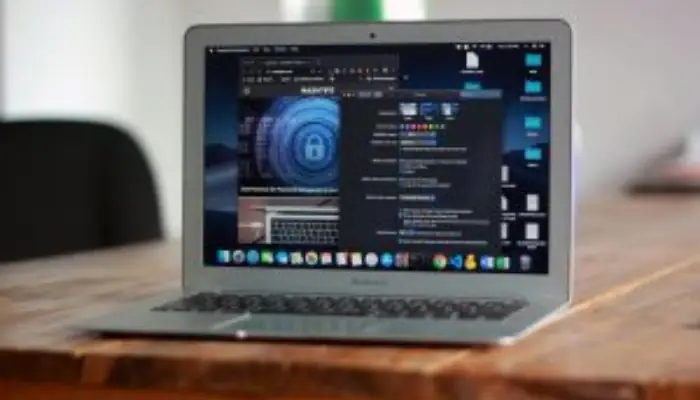
You check your inbox and see the dreaded message:
“We’re writing to inform you that your personal data may have been involved in a recent breach…”
Whether it’s your email provider, your bank, or your favorite online store, a data breach can feel like your entire digital life is under attack. And in 2025, cyber threats are faster, sneakier, and more damaging than ever.
But don’t panic. This 5-step emergency guide will help you act fast, minimize damage, and come out more secure on the other side.
Step 1: Change your passwords immediately
The very first thing to do after a breach? Change your passwords, starting with the affected account. But don’t stop there. If you’ve used the same or similar passwords elsewhere (which, let’s face it, most people do), change those too.
Tip: Use strong, unique passwords for every account. Need help creating one you won’t forget? Check out our guide on How to Create Unbreakable Passwords (and Actually Remember Them).
Hackers often try “credential stuffing”, using stolen passwords on multiple sites. A unique password per account shuts that down.
Step 2: Enable Two-Factor Authentication (2FA)
Changing your password is essential but enabling 2FA adds an extra layer of security. This means that even if hackers steal your password, they can’t get in without the second verification step.
Use an authenticator app like Google Authenticator or Authy.
Avoid SMS-based 2FA when possible. It’s better than nothing but vulnerable to SIM swap attacks.
Want maximum protection? Consider a physical security key like YubiKey.
Enabling 2FA is one of the most powerful things you can do to protect your online identity.
Step 3: Monitor your accounts for fraud
Once your accounts are secured, turn your attention to spotting any signs of fraud.
Watch your email for unfamiliar login attempts or password reset requests.
Check your bank and credit card activity daily for suspicious charges.
Set up real-time alerts for logins, purchases, and credit changes using tools like Mint or Credit Karma.
If your personal info,like your name, address, or Social Security number,was exposed, consider freezing your credit. This helps stop identity thieves from opening new accounts in your name.
Step 4: Report the breach and stay informed
Many companies offer free identity monitoring or credit protection after a breach. Take advantage of it.
Contact the company and confirm your information was affected.
Report the breach to your country’s data protection authority or cybercrime division. In the U.S., for example, use IdentityTheft.gov.
Sign up for HaveIBeenPwned.com alerts to get notified when your email appears in future data dumps.
Beware of phishing scams that try to trick you after a breach.
Step 5: Strengthen your overall digital hygiene
You can’t prevent a company from being hacked but you can control your own habits.
Use a reputable antivirus program. See our full breakdown in Top 5 Antivirus Programs of 2025.
Avoid using public Wi-Fi without a VPN.
Encrypt your messages and files.
Use throwaway email addresses for risky websites or newsletters.
Talk to your kids about online safety.
Remember, every smart step you take makes you a harder target for hackers.
What not to do after a data breach
It’s just as important to avoid common mistakes:
- Don’t ignore the warning signs. Hackers may act immediately or months later.
- Don’t reuse passwords. Even just “changing a few letters” doesn’t make it safe.
- Don’t click on emails claiming to “help” you unless you’re sure they’re legit. Phishing after a breach is extremely common.
Stay sharp. If you want to understand how malware spreads in the first place, read How Malware Infects Your Devices (And How Antivirus Stops It).
Conclusion:
Act Fast, Stay Smart
Data breaches are stressful but they don’t have to be disastrous. The key is speed and smart decisions. Update your credentials, monitor your identity, and build better online habits.
Whether you’re a casual user, remote worker, or privacy advocate, this 5-step guide gives you a plan to respond with confidence.
The internet isn’t getting safer on its own. But with the right habits and tools, you can stay one step ahead of the next breach.




